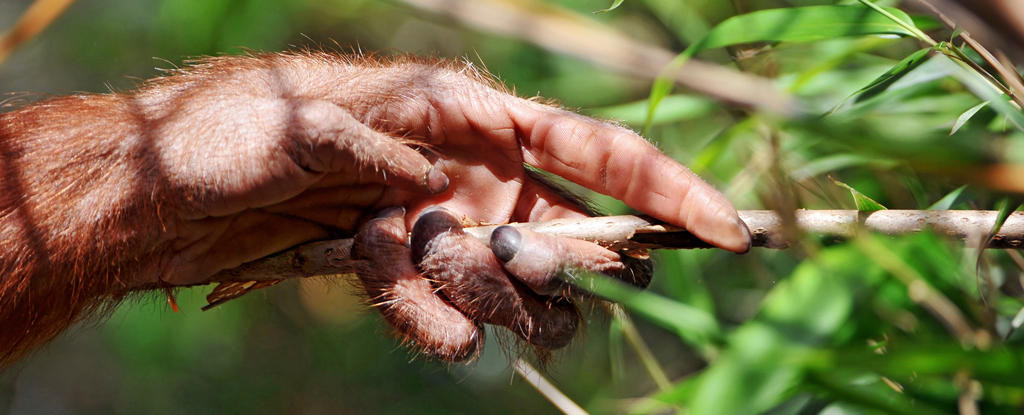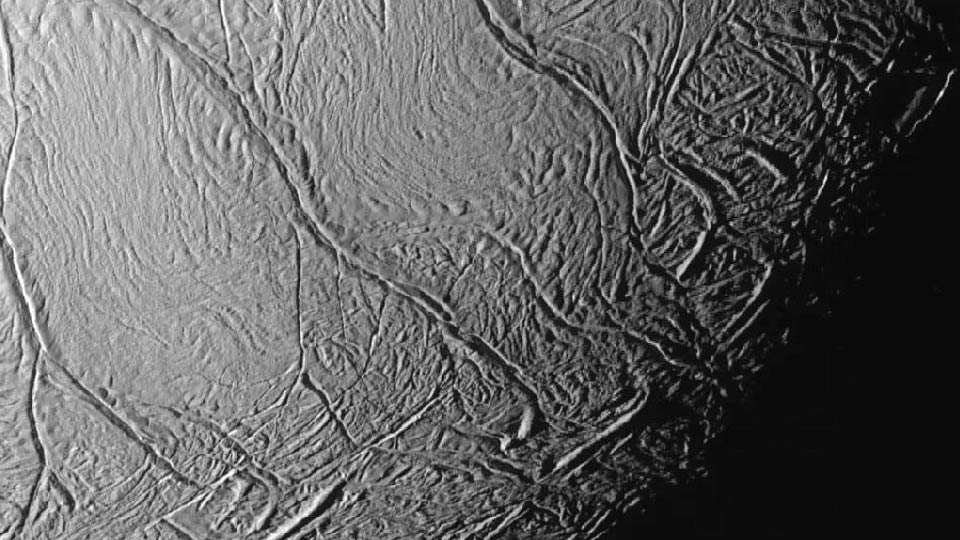Polymers, Vol. 16, Pages 1157: Advances in the Production of Sustainable Bacterial Nanocellulose from Banana Leaves
Polymers doi: 10.3390/polym16081157
Authors: David Dáger-López Óscar Chenché Rayner Ricaurte-Párraga Pablo Núñez-Rodríguez Joaquin Morán Bajaña Manuel Fiallos-Cárdenas
Interest in bacterial nanocellulose (BNC) has grown due to its purity, mechanical properties, and biological compatibility. To address the need for alternative carbon sources in the industrial production of BNC, this study focuses on banana leaves, discarded during harvesting, as a valuable source. Banana midrib juice, rich in nutrients and reducing sugars, is identified as a potential carbon source. An optimal culture medium was designed using a simplex-centroid mixing design and evaluated in a 10 L bioreactor. Techniques such as Fourier transform infrared spectroscopy (FTIR), scanning electron microscopy (SEM), X-ray diffraction (XRD), and thermogravimetric analysis (TGA) were used to characterize the structural, thermal, and morphological properties of BNC. Banana midrib juice exhibited specific properties, such as pH (5.64), reducing sugars (15.97 g/L), Trolox (45.07 µM), °Brix (4.00), and antioxidant activity (71% DPPH). The model achieved a 99.97% R-adjusted yield of 6.82 g BNC/L. Physicochemical analyses revealed distinctive attributes associated with BNC. This approach optimizes BNC production and emphasizes the banana midrib as a circular solution for BNC production, promoting sustainability in banana farming and contributing to the sustainable development goals.

 1 week ago
47
1 week ago
47


